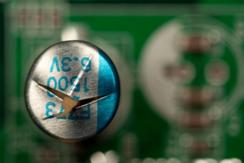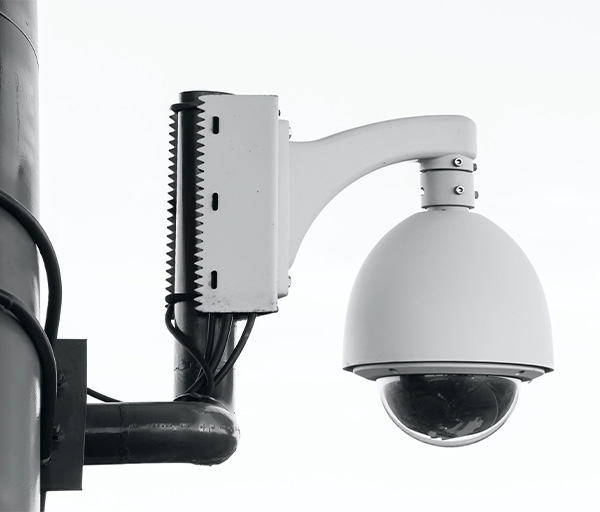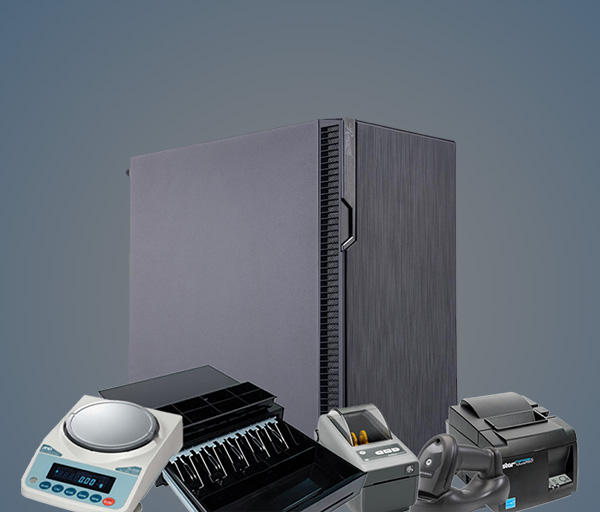A motherboard (sometimes alternatively known as the; mainboard, system board, planar board, logic board, or colloquially a
mobo) is a printed circuit board (PCB) found in all modern computers which holds many of the crucial components of the system, such as the central processing unit (CPU) and memory, and provides connectors for other peripherals.
Motherboard specifically refers to a PCB with expansion capability - the board is the "mother" of all components attached to it which often include; sound cards, video cards, network cards, hard drives, other forms of persistent storage, TV tuner cards, USB expansion cards, Firewire expansion cards and a variety of other custom components. (The term mainboard is applied to devices with a single board and no additional expansions or capability - in modern terms this would include controlling boards in televisions, washing machines and other embedded systems, which are not true motherboards.
CPU socket
A CPU socket or slot is an electrical component that attaches to a printed circuit board (PCB) and is designed to house a CPU (also called a microprocessor). It is a special type of integrated circuit socket designed for very high pin counts. A CPU socket provides many functions, including a physical structure to support the CPU, support for a heat sink, facilitating replacement (as well as reducing cost), and most importantly, forming an electrical interface both with the CPU and the PCB. CPU sockets on the motherboard can most often be found in most desktop and server computers (laptops typically use surface mount CPUs), particularly those based on the Intel x86 architecture. A CPU socket type and motherboard chipset must support the CPU series and speed.
Peripheral card slots
A standard ATX motherboard will typically have; two or three PCI-E 16x connection for a graphics card, one to two legacy PCI slots for various expansion cards and one or two PCI-E 1x (which has superseded PCI). A standard EATX motherboard will have two to four PCI-Express 16x connection for graphics cards, and a varying number of PCI and PCI-E 1x slots. It can sometimes also have a PCI-E 4x slot. (This varies between brands and models.)
Some motherboards have two or more PCI-E 16x slots, to allow more than 2 monitors without special hardware, or use a special graphics technology called SLI (for Nvidia) and Crossfire (for ATI). These allow 2 to 4 graphics cards to be linked together, to allow better performance in intensive graphical computing tasks, such as gaming, video editing, etc.
Temperature and reliability
A microATX motherboard with some faulty capacitors
Motherboards are generally air cooled with heat sinks often mounted on larger chips, such as the Northbridge, in modern motherboards. Insufficient or improper cooling can cause damage to the internal components of the computer and cause it to crash. Passive cooling, or a single fan mounted on the power supply, was sufficient for many desktop computer CPUs until the late 1990s; since then, most have required CPU fans mounted on their heat sinks, due to rising clock speeds and power consumption. Most motherboards have connectors for additional case fans as well. Newer motherboards have integrated temperature sensors to detect motherboard and CPU temperatures, and controllable fan connectors which the BIOS or operating system can use to regulate fan speed. Some computers (which typically have high-performance microprocessors, large amounts of RAM, and high-performance video cards) use a water-cooling system instead of many fans.
Some small form factor computers and home theater PCs designed for quiet and energy-efficient operation boast fan-less designs. This typically requires the use of a low-power CPU, as well as careful layout of the motherboard and other components to allow for heat sink placement.

A 2003 study found that some spurious computer crashes and general reliability issues, ranging from screen image distortions to I/O read/write errors, can be attributed not to software or peripheral hardware but to aging capacitors on PC motherboards. Ultimately this was shown to be the result of a faulty electrolyte formulation and the issue was named the capacitor plague.
Motherboards use electrolytic capacitors to filter the DC power distributed around the board. These capacitors age at a temperature-dependent rate, as their water based electrolytes slowly evaporate. This can lead to loss of capacitance and subsequent motherboard malfunctions due to voltage instabilities. While most capacitors are rated for 2000 hours of operation at 105 °C (221 °F), their expected design life roughly doubles for every 10 °C (50 °F) below this. At 45 °C (113 °F) a lifetime of 15 years can be expected. This appears reasonable for a computer motherboard. However, many manufacturers have delivered substandard capacitors, which significantly reduce life expectancy. Inadequate case cooling and elevated temperatures easily exacerbate this problem. It is possible, but tedious and time-consuming, to find and replace failed capacitors on Personal Computer (PC) motherboards.
Form factor
Motherboards are produced in a variety of sizes and shapes called computer form factor, some of which are specific to individual computer manufacturers. However, the motherboards used in IBM-compatible systems are designed to fit various case sizes. As of 2007, most desktop computer motherboards use the ATX standard form factor — even those found in Macintosh and Sun computers, which have not been built from commodity components. A case's motherboard and PSU form factor must all match, though some smaller form factor motherboards of the same family will fit larger cases. For example, an ATX case will usually accommodate a microATX motherboard.
Laptop computers generally use highly integrated, miniaturized and customized motherboards. This is one of the reasons that laptop computers are difficult to upgrade and expensive to repair. Often the failure of one laptop component requires the replacement of the entire motherboard, which is usually more expensive than a desktop motherboard due to the large number of integrated components.





























